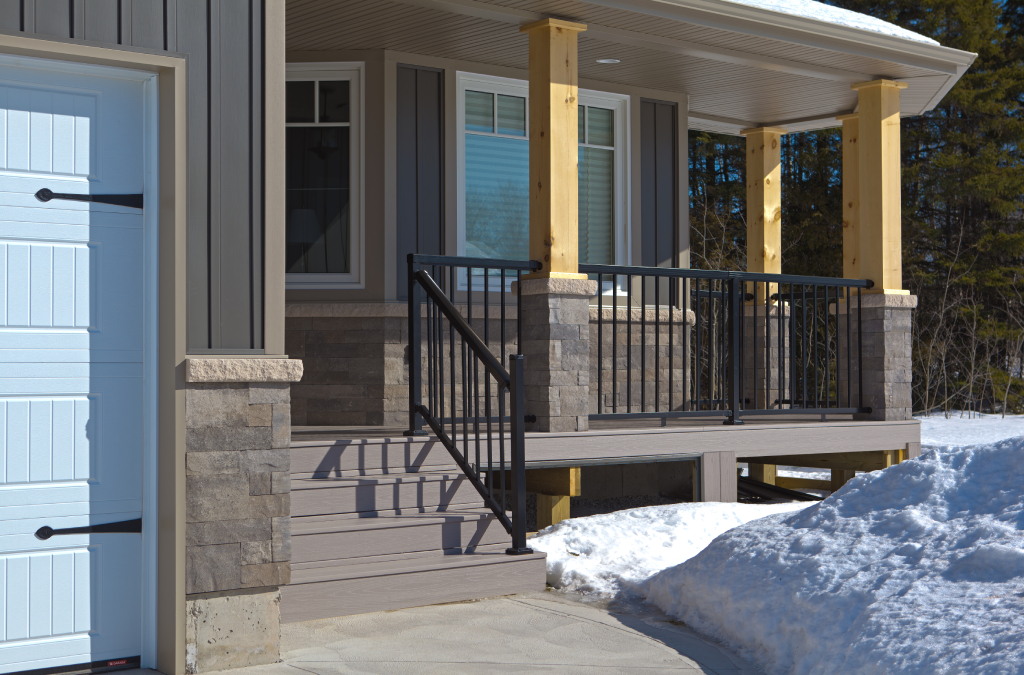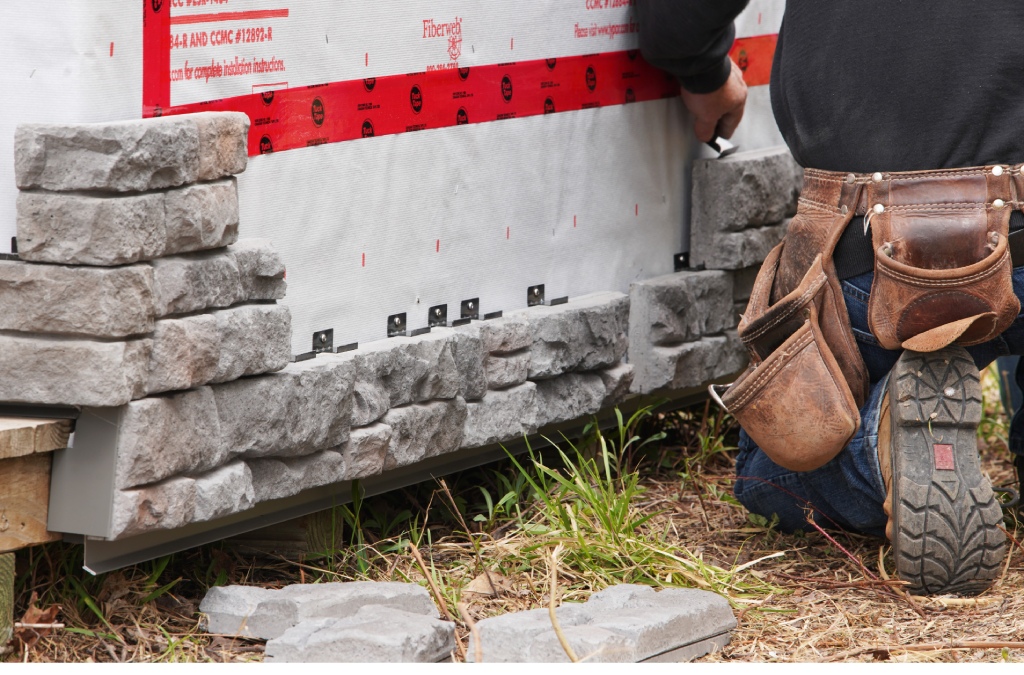3 tips for planning winter renovation activities
September 15, 2022
As the busy summer season for construction and renovations begins to die down, it’s time for contractors and builders to get ahead on booking and planning out-of-season jobs.
Winter work can be slow going due to shorter days, bulky gloves or layers of clothing that reduce mobility, as well as jobsite maintenance like snow clearing or keeping materials warm. At the same time, the benefits of year-round work are compelling, providing added scheduling flexibility and more financial stability.
Using tips and tricks that speed up the process without compromising on quality or safety can make all the difference for a smooth and efficient job site.
Here are three tips to get ahead on winter projects:

1. Prepare as early as possible
Few people want to think about wintertime while the sun is shining warmly. Yet, getting ready for winter work in late summer or early fall can help you optimize your schedule, order materials to beat supply chain delays, and hire appropriate team members before they are booked up or go on holiday.
Setting up winter projects well ahead of time also allows you use autumn to complete steps that might not be possible or affordable in the heart of winter, such as pouring concrete foundations. Then you can use winter to complete the next stages.
Added lead time can also give you time to research any new methods or materials that will speed up your process.

2. Keep safety top of mind
No one gets into this business for physical ease and comfort on the job, but winter conditions, such as ice, freezing temperatures and snowstorms, can turn discomfort into danger very quickly.
To avoid accidents, injuries, and delays on the jobsite, implement winter-specific safety protocols. These might look like heated breaks, monitoring weather alerts, having extra de-icing solutions on hand and keeping winter emergency kits in your vehicles. Remember your propane safety if you’re using propane heaters on site.
While these steps may not always feel efficient, any contractor worth their hard hat knows injuries or damage cause more harm to people and to project timelines than taking steps to stay safe.
3. Know your materials: review specifications and choose wisely
You may have brands or materials you trust and rely on for certain projects. But they may not be the most efficient choice in unseasonable conditions. Before using them in less familiar weather or temperatures, brush up on their handling, storage and installation requirements. Although many of these may be second nature already, there may be some recommendations that surprise you.
For instance, you may need to adjust to practices that are different than you’re used to as climate change wreaks havoc on familiar conditions. And since even small temperature fluctuations can sometimes make a big difference to quality and the longevity of a product, it’s worth your while to double check the specs and research any innovations in the field.
To avoid going back to the specs more than you want to, look for products that you can use even in the cold or rain. For instance, Fusion Stone is conveniently designed to be installed in every season, including winter. Made in Canada, the unique mechanically fastened system goes up quickly and securely, with zero dry time, so don’t have to worry about the temperature ruining mortar, and you can get your projects done with ease and come in from the cold sooner.
Learn more about how it works from our installation guides.



